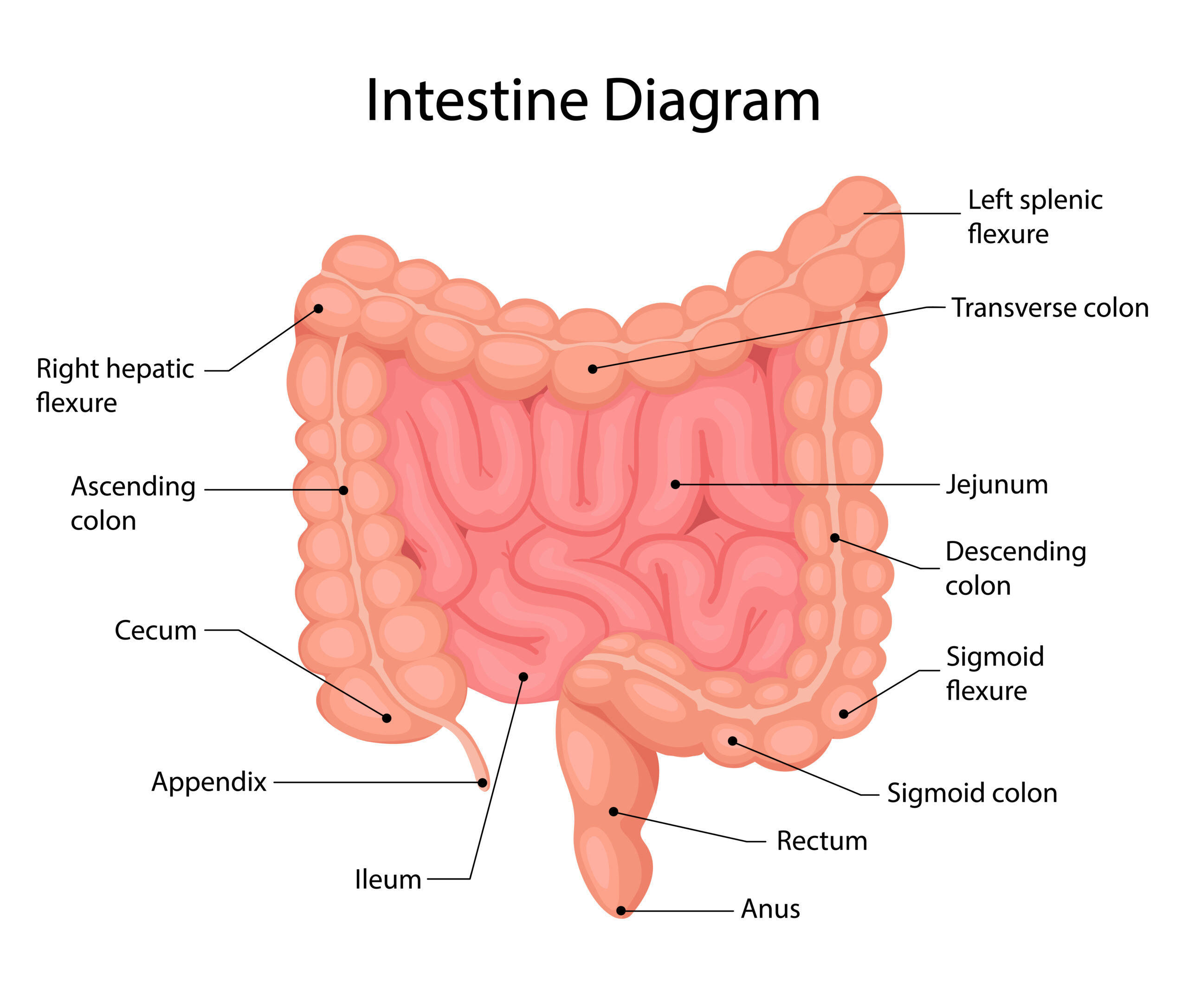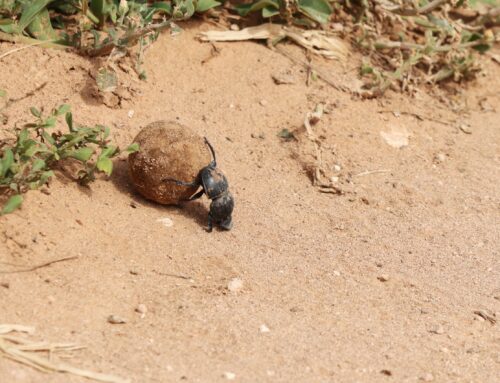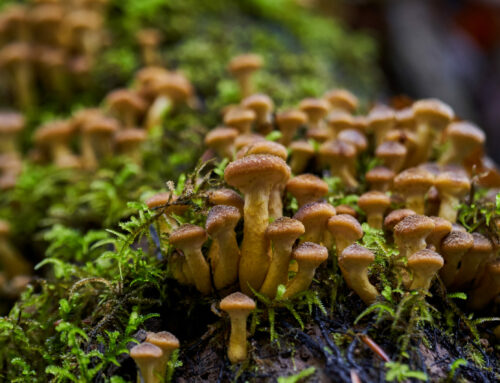Human gut consists of two parts: the small gut and the large gut.
The place at the lower right side of the belly, where the small gut ends and the large gut begins, is anatomically especially interesting structure. In humans, it resembles a smaller pouch, called cecum (caecum) in Latin, meaning “blind”. In several other languages it is also called “blind gut” and it has a worm-like appendix.
An interesting thing about the “blind gut” is that except in humans, it also exists in most of the other mammals, as well as in reptilians and birds. Size and shape of the cecum and the appendix greatly vary between different species 1.
What is the function of the “blind gut”?
In general, the cecum is larger in plant-eating mammals such as koala bears or rodents, than in the meat-eaters (e.g. cats, dogs) and the ruminants (cows, goats etc.). This is why cellulose digestion has been originally considered as the main function of this gut part 2,3. Cecum in horses, for example, is extremely large sac (up to 1.2 meter long, with volume of more than 30 liters!) and, as horses are not ruminants, its microbiota has essential function in digesting cellulose, but also proteins4. There are relatively few studies of the cecum-microbiota in other mammals, as well as in birds and reptiles. The microbiota of the cecum in chicken seems to be the most complex part of their gut microbiota with important functions in preventing pathogen colonization, detoxifying harmful substances, absorbing additional nutrients, nitrogen recycling from uric acid, producing essential amino acids, and digestion of non-starch polysaccharides (producing short-chained fatty acids) 5.
What is the role of the appendix and its microbiota?
Human appendix is a worm-like structure, around 10cm long and 7-8mm wide, with an inner diameter (lumen) of only 1-3mm. It is basically an appendage to the cecum, hence the name. An inflammation of the appendix can be dangerous and even life-threatening condition. In such situation, the appendix is often surgically removed.
Because of its relatively smaller size in comparison to some other mammals such as rodents, for a long time appendix has been considered as a redundant organ, a vestige without any function 3. In the last decades, however, and especially since we learned more about composition of the microbiota in different gut parts and their interactions with the rest of the body, this opinion is largely disputed.
In case of an unlucky event of food poisoning or an antibiotic treatment, gut microbiota is badly hit, and both “good” and “bad” microbes killed or washed-out unselectively. In such situation, appendix seems to serve an important role as a safe house for “good” bacteria, a reservoir from which the missing ones can be relatively quickly re-supplied and the healthy gut microbiota restored. In the human cecum and the appendix, larger bacterial biofilms (complex structures of bacteria embedded in a slimy matrix) are observed than in the rest of the gut, strongly supporting this hypothesis 6.
Nowadays, we also know that the gut microbiota plays an important role in proper development and maintenance of the healthy-functioning immune system. The appendix has an above-average concentration of the immune cells in its wall, which are in close proximity to the bacteria in the inner cavity. Several studies reported importance of appendix for the proper development of the immune system in animals and humans. Health risks observed after appendectomy (appendix removal) include higher incidence of colorectal cancer, psychiatric and neurodegenerative conditions (depression, Parkinson´s disease etc.), certain types of heart disease, bad disease progression in ulcerative colitis and others 3,7. Of course, this doesn´t mean that in the case of a bad infection, the appendix should not be removed.
The future studies of the cecum and the appendix in humans and other species may show us that in the end, the microbes of the “blind gut” are probably not as “blind” as we previously thought.
Literature:
- Smith, H. F., Parker, W., Kotzé, S. H. & Laurin, M. Morphological evolution of the mammalian cecum and cecal appendix. Comptes Rendus Palevol 16, 39–57 (2017).
- Snipes, R. L. Morphology of the Mammalian Cecum and Colon. in Intestinal Absorptive Surface in Mammals of Different Sizes vol. 138 39–50 (Springer Berlin Heidelberg, 1997).
- Kooij, I. A., Sahami, S., Meijer, S. L., Buskens, C. J. & te Velde, A. A. The immunology of the vermiform appendix: a review of the literature. Clinical and Experimental Immunology 186, 1–9 (2016).
- Santos, A. S., Rodrigues, M. A. M., Bessa, R. J. B., Ferreira, L. M. & Martin-Rosset, W. Understanding the equine cecum-colon ecosystem: current knowledge and future perspectives. Animal 5, 48–56 (2011).
- Tan, Z. et al. Characterization of the cecal microbiome composition of Wenchang chickens before and after fattening. PLoS ONE 14, e0225692 (2019).
- Randal Bollinger, R., Barbas, A. S., Bush, E. L., Lin, S. S. & Parker, W. Biofilms in the large bowel suggest an apparent function of the human vermiform appendix. Journal of Theoretical Biology 249, 826–831 (2007).
- Vitetta, L., Chen, J. & Clarke, S. The vermiform appendix: an immunological organ sustaining a microbiome inoculum. Clinical Science 133, 1–8 (2019).





